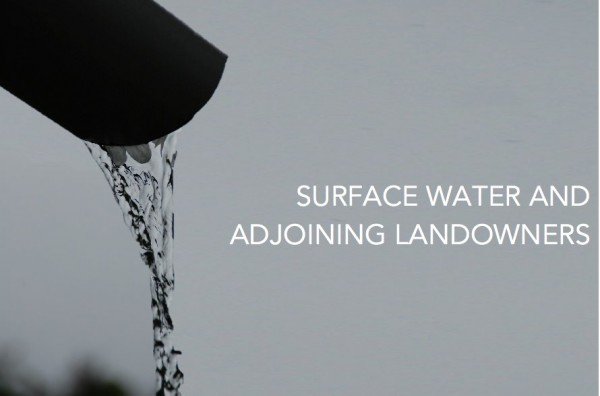

Updated on August 15, 2017
With the significant rainfall that California has experienced this winter, now is a good time to revisit the rights and responsibilities of neighboring landowners with regard to “surface water”- water resulting from rain, snow or springs that is distributed over the surface of the land.
California law used to hold that a person may not interfere with the natural flow of surface water in any way that would cause an invasion of another’s interest in the use and enjoyment of their land. Under this rule, the owner of an upper property had the right to discharge surface water from her property in any way that water naturally flows, and the lower property has no right to obstruct such flow (and is liable for damages to the upper property if he does). Conversely, the owner of the upper property would be liable to the lower property if the upper property changed the natural flow of surface water from her property, causing damage to the lower property.
The old rule, unfortunately, inhibited the development of land, because any use of the property (such as building a house or making modifications to the existing house) was likely to change the natural drainage of the property and render the owner liable for any potential resulting damage. California has therefore now adopted a reasonableness standard. Under this standard, both the upper and lower property owners must exercise reasonable care in using their own property, so as to avoid injury to adjacent properties caused by the flow of surface waters.